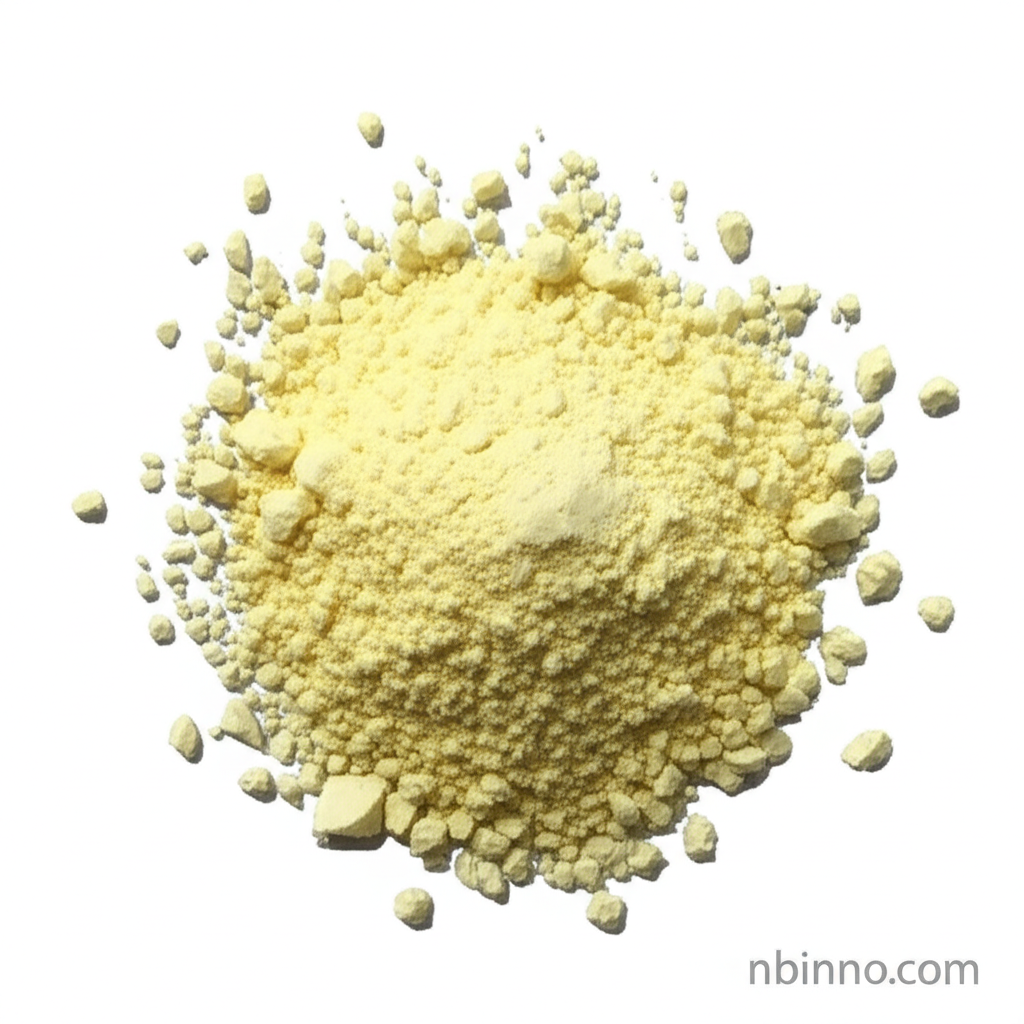Bismuth(III) Chloride: A Versatile Lewis Acid Catalyst
Discover the power of BiCl3 in driving efficient and sustainable chemical transformations.
Get a Quote & SampleProduct Core Value

Bismuth(III) Chloride
Bismuth(III) chloride, also known as bismuth trichloride, stands out as a potent Lewis acid catalyst, crucial for a wide array of applications in organic synthesis. Its unique chemical properties enable it to activate electrophiles, thereby accelerating reaction rates and facilitating complex molecular transformations. This versatility positions BiCl3 as a key component in developing more efficient and environmentally conscious chemical processes.
- Exploring the benefits of bismuth trichloride in organic synthesis demonstrates its value in creating complex molecules.
- As a potent Lewis acid catalyst, BiCl3 facilitates various reactions, including Friedel-Crafts alkylation and acylation, showcasing its broad utility.
- The role of bismuth compounds in advanced materials, particularly in electronics and energy storage, highlights their growing significance.
- Embracing catalysis in green chemistry initiatives with compounds like bismuth(III) chloride offers sustainable alternatives for industrial processes.
Key Advantages of Bismuth(III) Chloride
Catalytic Efficiency
Leveraging BiCl3 as a Lewis acid catalyst significantly enhances reaction rates and yields in numerous organic transformations, contributing to process optimization.
Green Chemistry Integration
The compound's low toxicity and ability to enable lower-energy transformations align with the principles of green chemistry, promoting sustainable synthesis.
Material Science Potential
Beyond its catalytic roles, BiCl3 serves as a precursor for advanced materials with applications in electronics and energy storage devices, underscoring its multifaceted utility.
Key Applications
Organic Synthesis
As a key Lewis acid catalyst, bismuth(III) chloride is instrumental in driving various organic reactions, including Friedel-Crafts alkylation and acylation, which are fundamental to synthesizing complex organic molecules.
Catalysis
The compound's ability to activate electrophiles makes it a versatile catalyst in numerous chemical processes, supporting advancements in synthetic methodologies and green chemistry practices.
Material Science
BiCl3 acts as a precursor for developing advanced materials, with explored applications in the creation of superconducting materials and thermoelectric devices, pushing the boundaries of material innovation.
Energy Storage
Bismuth-based nanomaterials derived from BiCl3 are being investigated for their role in enhancing energy storage devices like supercapacitors and lithium-ion batteries, contributing to the development of next-generation energy solutions.
